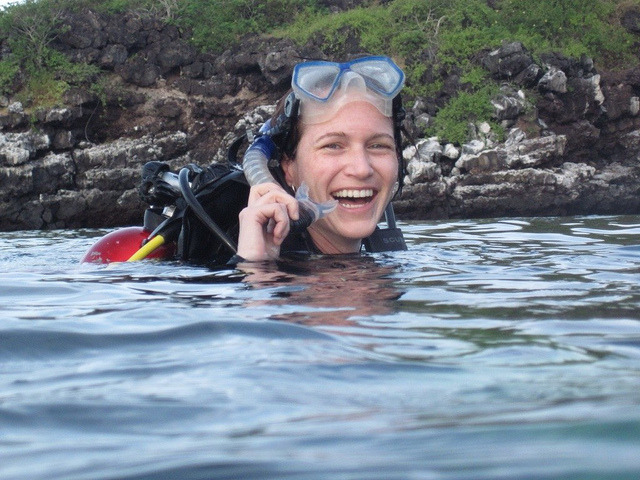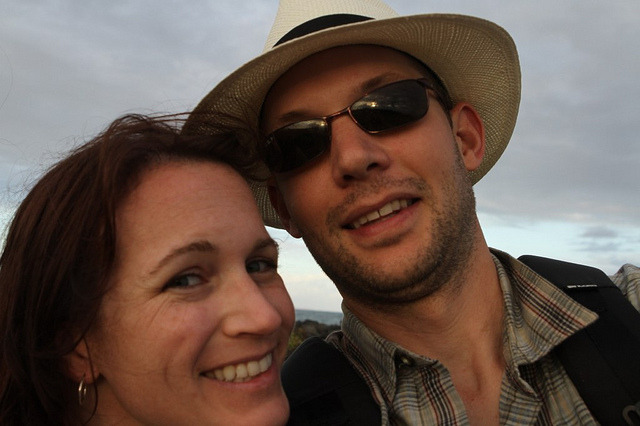some crackpot nostalgia hating researchers at

Some crackpot, nostalgia-hating researchers at Microsoft (of course!) are trying to destroy pixel art! Guys, don’t tell Neven.

Some crackpot, nostalgia-hating researchers at Microsoft (of course!) are trying to destroy pixel art! Guys, don’t tell Neven.
Like a shopper at the supermarket without a shopping list, “Page One” careers around the aisles picking up this item and that one, ultimately coming home with three jars of peanut butter and no 2-percent milk.
—Michael Kinsley’s review of “Page One: Inside the New York Times” in the New York Times.
The Obama 2012 campaign is looking for a few good nerds
In Chicago, to boot
I want to move to Austin just so I can go see movies at the Alamo Drafthouse where they will kick your ass out for talking or texting. (via paulawala)

Dr. diver on Flickr.
@phillygirl scuba dived! Scuba dove. Scubaed.

Galapagos, day 1 on Flickr.
Towards the end of a day of travel, snorkeling with sharks and Rays (the Mrs and sting variety), marine iguanas, boobies and finches.

Dr. Ray on the hunt on Flickr.

Shine is a really lovely weather app. Gets rid of all the crap you don’t want for fast, easy access to the stuff you do. It’s the “plus” version of Apple’s weather app and I bet you’ll dig it.
Here’s a problem folks in the news biz encounter every day: how do you explain the history of a big, complex story. And how do you put the day’s news in a broader context. And how do you do any of this on deadline while competing with everything else.
Most media orgs simply don’t. This isn’t an indictment, per se, more of an acknowledgement of reality – it’s simply impossible to give the backstory on everything while trying to report what’s happening right now.
Enter Newsbound. Their goal is to “slow down the news” and explain the particulars, jargon and massiveness of the big stories. It’s ambitious and, from the looks of it, pretty well done. Their collection of videos explaining the U.S. federal budget sure does seem smart.
I hope these guys have the steam to keep at it.
I asked CIA Director Leon Panetta for the facts, and he told me the following: The trail to bin Laden did not begin with a disclosure from Khalid Sheik Mohammed, who was waterboarded 183 times. The first mention of Abu Ahmed al-Kuwaiti — the nickname of the al-Qaeda courier who ultimately led us to bin Laden — as well as a description of him as an important member of al-Qaeda, came from a detainee held in another country, who we believe was not tortured. None of the three detainees who were waterboarded provided Abu Ahmed’s real name, his whereabouts or an accurate description of his role in al-Qaeda.
—John McCain, in an op-ed in the Washington Post, makes a compelling argument for why torture is not just unjustified but ineffective.